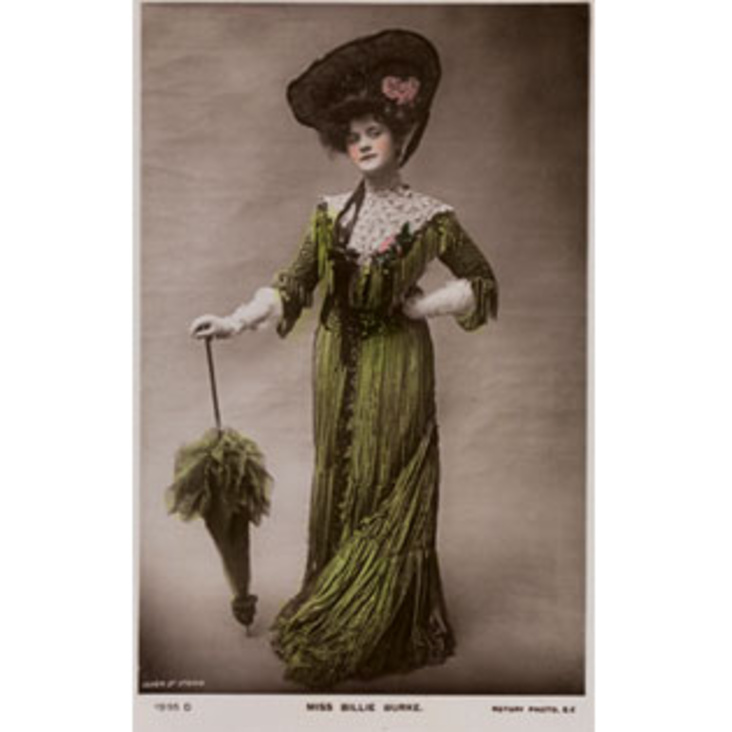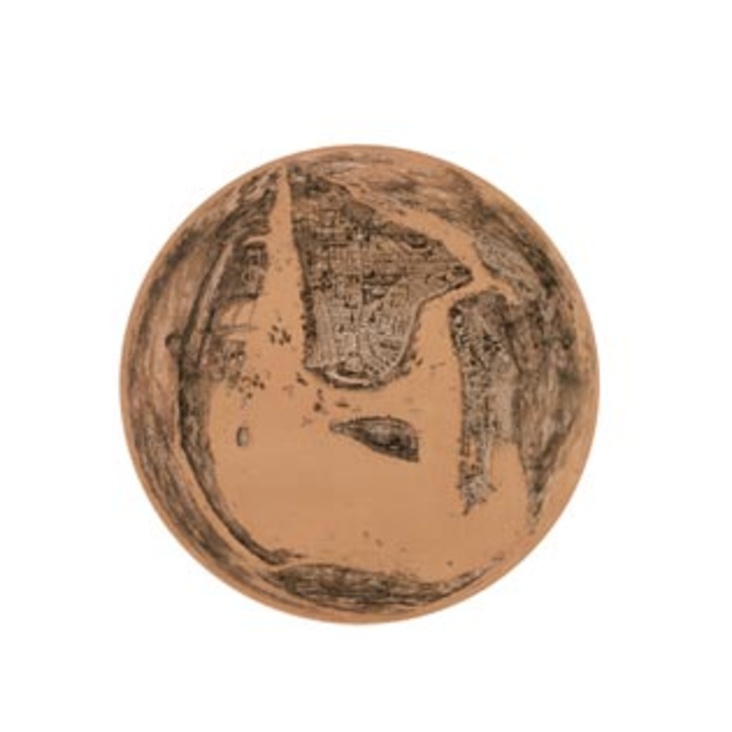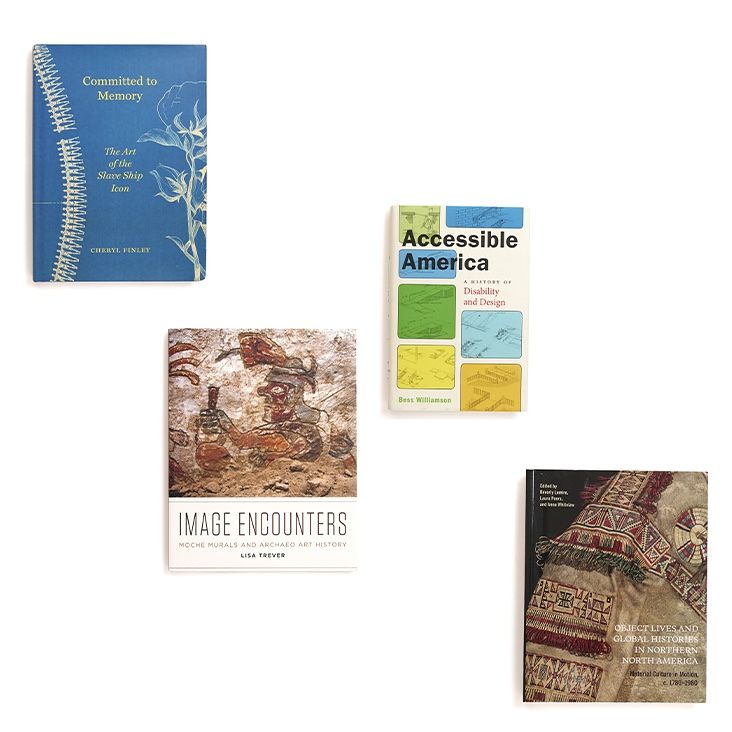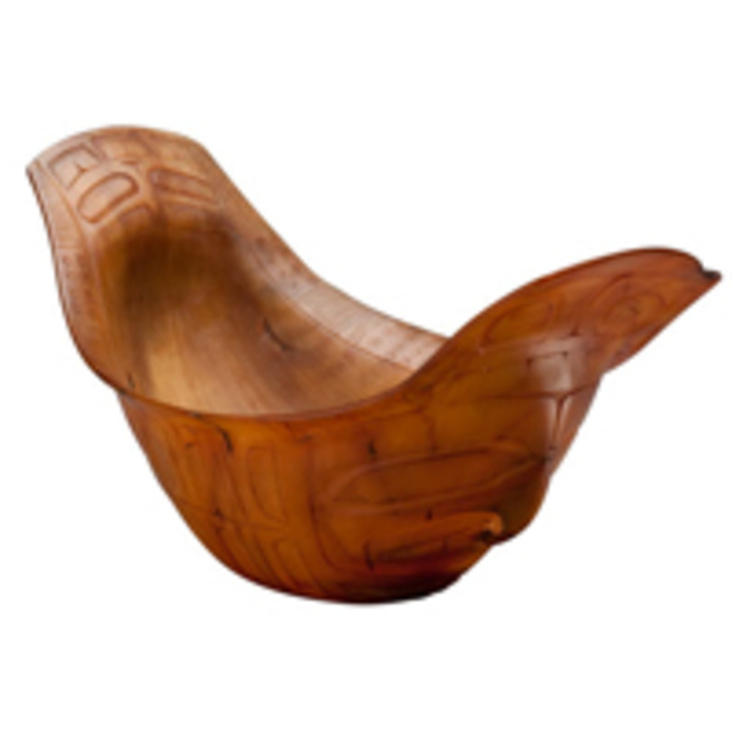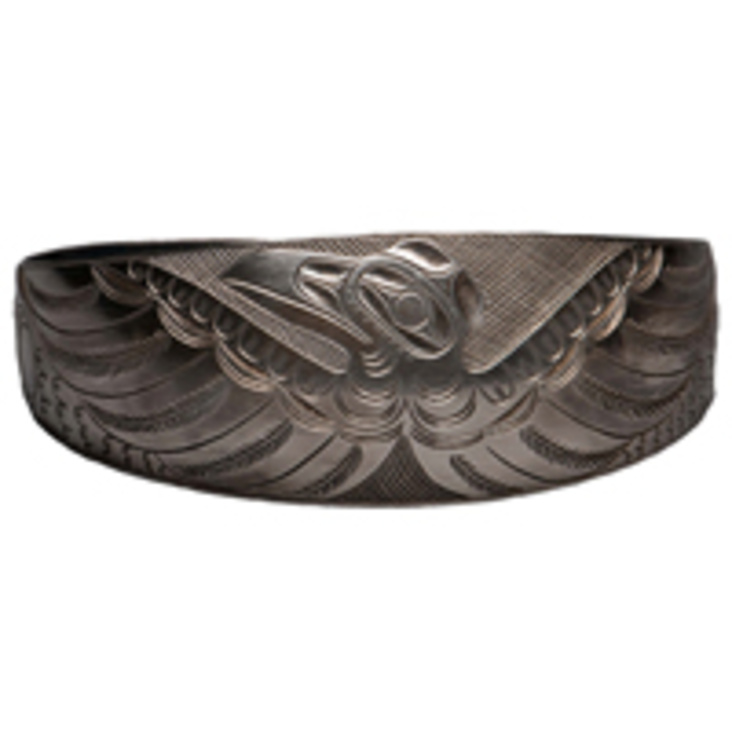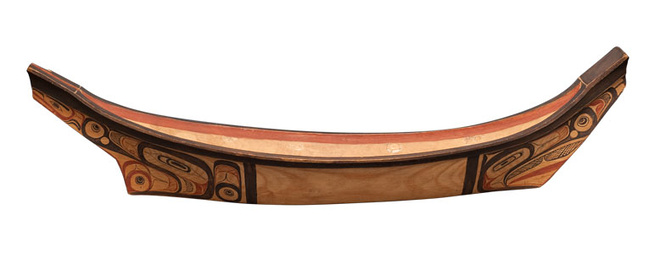
Unknown maker; painted by Da.a xiigang/Charles Edenshaw (ca. 1839–1924), Haida
Wood, paint
Collected by John Swanton in 1901
American Museum of Natural History 16/8773
Miniature canoes were made by Native people as toys, training models, or ceremonial proxies for full-sized vessels. They quickly became a favored souvenir for early sailors and explorers. This Haida model canoe (xaad tluwaa) is decorated with a black whale, and was possibly commissioned by John Swanton as part of the Jesup Expedition. Painted by Charles Edenshaw, the model was reported by Swanton to depict an actual canoe that had previously belonged to the artist’s uncle, Chief Albert Edward Edenshaw. The canoe’s specific features, including the detailed, symmetrical formline crest motif, support the suggestion of an actual prototype, and it lacks accessories (such as figures, benches, and paddles) common on many souvenir models. Although Native peoples carried out the literal act of miniaturizing their cultural property, the increased demand for these miniatures came from diverse Euro-American collectors and reflected multiple forms of understanding, both personal and scientific.


